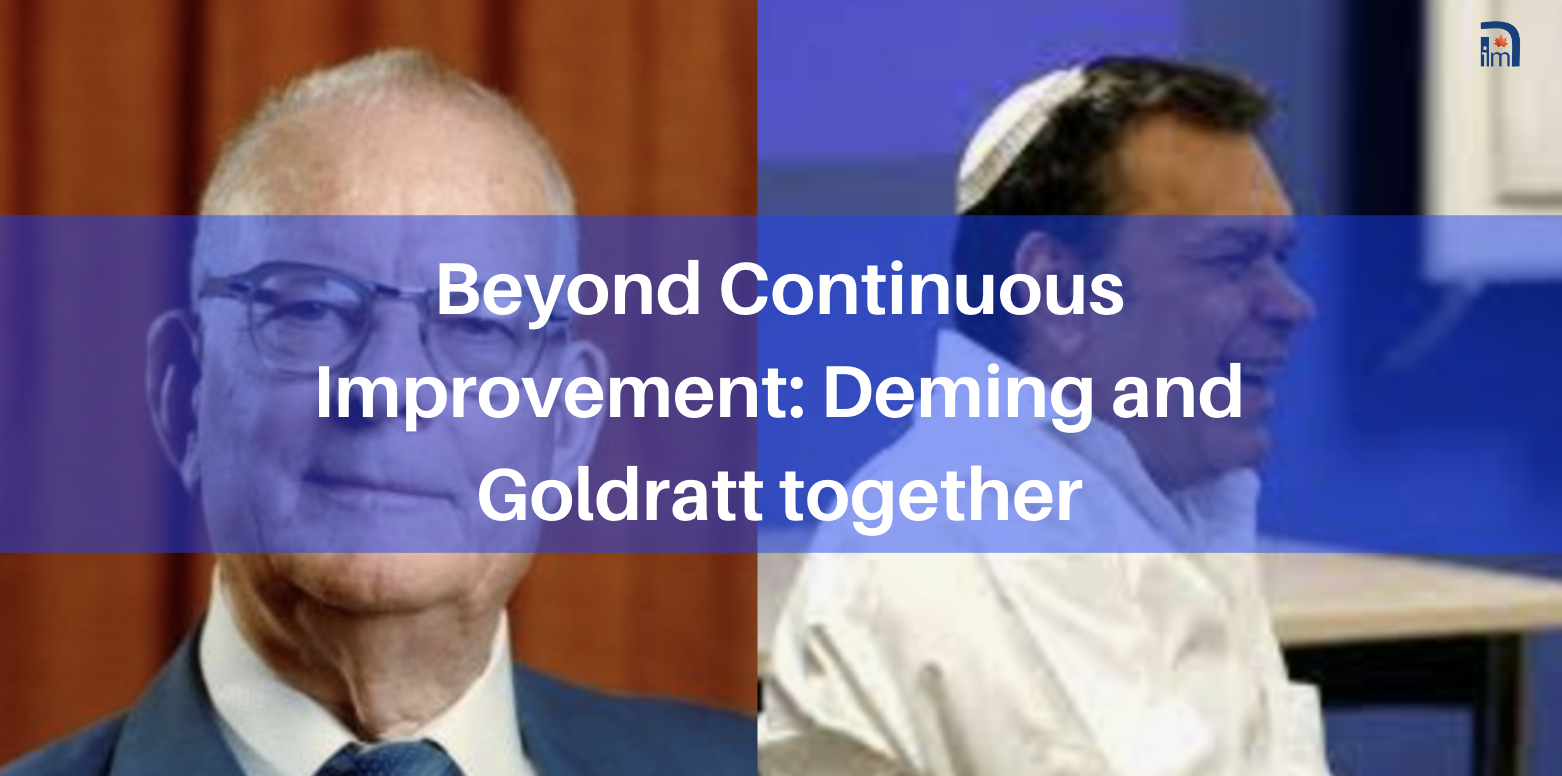
Why are so many companies being managed the same way as ten years ago, and with the same kind of organizational structure? It’s hardly surprising that there are a myriad of challenges when it’s clear to everyone that our reality has moved on, even if we haven’t.
Trying to succeed with the same old recipes for business and management won’t cut it. Neither will simply talking about leadership, as if it were a substitute for actual management. What is needed is a whole new perspective on what an organization is and how to lead and manage it. In the age of complexity, this requires a systemic solution.
Where does the knowledge come from to create and manage the kind of systemic organization we now need? Fortunately, in order to build, lead, and manage systemic organizations fit for our complex contemporary world, we do not have to reinvent the wheel. The fundamental elements of knowledge required already exist and much of this knowledge is contained in the work of two of the most influential management thinkers of the twentieth century, Dr. W. Edwards Deming and Dr. Eliyahu Goldratt. When we put their work together into a cogent methodology, what emerges is a powerful approach that provides the principles, method, and tools for systemic management. This has been our mission since 1996 and was first laid out in the book ‘Deming and Goldratt: The Decalogue‘, the first book to be published by Goldratt’s publisher about the Theory of Constraints that was not written by Goldratt himself.
A systems perspective
Both Deming and Goldratt were physicists and both approached management from a systems perspective. Much of their work has been misunderstood and wrongly categorized due to people’s tendency to think in silos instead of thinking systemically (looking at the big picture). People often confine Deming’s work to “total quality” and continuous improvement. Deming never spoke of “total quality.” While he advocated continuous improvement, he did so as part of a vast vision of quality as an overriding philosophy for system optimization. Goldratt’s work, thanks to the planetary success of his book The Goal, is often filed away as a technique for improving production. The Theory of Constraints (TOC), instead, is a full philosophy of systemic management that covers all aspects of business.
The contribution of Dr. Deming and Dr. Goldratt to management is quite monumental. Between 1986 and 1992, the world was reveling in deregulation and financial engineering, in other words, the wealth creation hallucinations that years later would take the western world to its knees and destroy millions of lives. In that same period, MIT Press published Dr. Deming’s legacy to the world, his two books entitled Out of the Crisis and The New Economics. Still today, every word of these books is relevant, indeed, much more so than many of the books studied in Business Schools around the world.
In these books, written after 60 years of a very prestigious academic and professional career, Dr. Deming lays the scientific foundation for the transformation of the prevailing style of management into one of whole system optimization. In doing so, Dr. Deming ushers in a new economic paradigm that should shape and inform a new kind of science for management.
Dr. Deming never slowed down his efforts to promote better management through better understanding of variation and the ways this variation permeates every aspect of our lives. His message was loud and clear: reduce variation, promote statistical predictability, and improve quality.
Like Deming, whom he acknowledges, Goldratt sees the organization as a system. In his book What is this thing called Theory of Constraints? Goldratt sketches conceptual patterns from Socrates to modern science. He outlines steps for identifying what is blocking an organization from growing, how to identify what to change and how to make the change happen in a pattern of continuous improvement. He introduces the conflict cloud, a power logical and emotional Thinking Process, as a link between the scientific method and what he calls the “intuitive” method.
A common goal for Deming and Goldratt
Both Deming-and-Goldratt were aiming at the same goal. They were both using the same scientific rigor and pursuing “intelligence” as a main driver for the transformation of the management style in the western world.
The Theory of Constraints (TOC) provides direction for continuous improvement by focusing attention on the constraint, but it lacks an explicit involvement of statistical methods in managing organizations. Deming’s philosophy is fundamental, but it can be very difficult to implement as it lacks the protocols and Thinking Processes from TOC. When you put the two approaches together, a powerful methodology emerges. We call it the Decalogue and companies use it to strengthen themselves with a new kind of science for management. The results they achieve go far beyond expectations. We invite you to do the same.







Leave a Reply